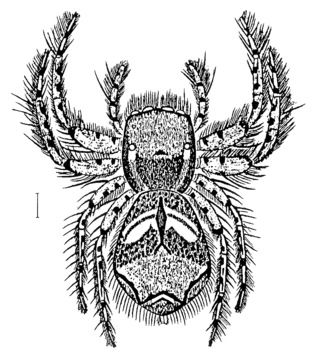
Servaea is a genus of jumping spiders that was first described by Eugène Louis Simon in 1888. S. murina females are about 8 millimetres (0.31 in) long.
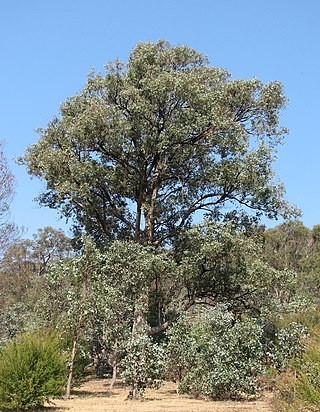
Eucalyptus polyanthemos, commonly known as red box, is a species of small to medium-sized tree, that is native to eastern Australia but has been introduced into other countries. It has fibrous bark on the trunk and larger branches, smooth greyish to cream-coloured bark above, or smooth bark throughout. It has broadly egg-shaped to round juvenile leaves, lance-shaped, egg-shaped or almost round adult leaves, flower buds in groups of seven, white flowers and barrel-shaped to conical fruit.
Cynometra vestita is a species of plant in the family Fabaceae. It is a tree found only in Fiji, on the islands of Viti Levu and Vanua Levu.
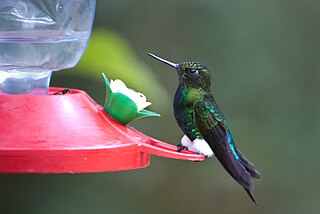
The glowing puffleg is a species of hummingbird in the "brilliants", tribe Heliantheini in subfamily Lesbiinae. It is found in Colombia, Ecuador, Peru, and Venezuela.

The white-winged apalis is a species of bird in the family Cisticolidae. It is found in Kenya, Malawi, Mozambique, and Tanzania. Its natural habitats are subtropical or tropical moist lowland forest and subtropical or tropical moist montane forest. It is threatened by habitat loss.
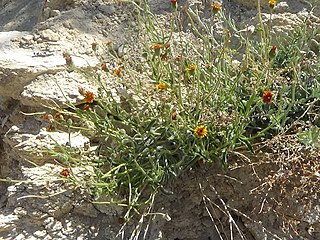
Hulsea vestita is a species of flowering plant in the family Asteraceae known by the common name pumice alpinegold.

Theta chariessa is a species of sea snail, a marine gastropod mollusk in the family Raphitomidae.

Pleurotomella is a genus of sea snails, marine gastropod mollusks in the family Raphitomidae.

Halesia carolina, commonly called Carolina silverbells or little silverbells, is a species of flowering plant in the family Styracaceae, native to the southeastern United States.
Melanella chariessa is a species of sea snail, a marine gastropod mollusk in the family Eulimidae. The species is one of many species known to exist within the genus, Melanella.
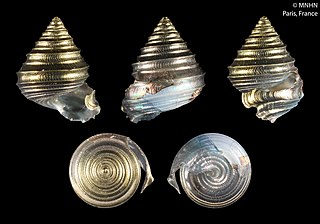
Seguenzia chariessa is a species of extremely small deep water sea snail, a marine gastropod mollusk in the family Seguenziidae.
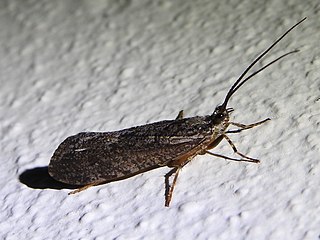
Agrypnia vestita is a species of giant caddisfly in the family Phryganeidae. It is found in North America.

Chariessa pilosa is a species of checkered beetle in the family Cleridae. It is found in Europe and Northern Asia and North America.
Chariessa dichroa is a species of checkered beetle, belonging to the genus Chariessa. It is found in North America, most commonly on the West Coast. C. dichroa is distinguished from similar members of its genus by its black legs. Like other Chariessa beetles, it is carnivorous.
Sebastiania vestita is a species of flowering plant in the family Euphorbiaceae. It was described in 1874. It is native to Minas Gerais, Brazil.
Trichostola is a genus of leaf beetles in the subfamily Eumolpinae. It is distributed on the Mascarene Islands. Some species placed in the genus have also been described from mainland Africa and Madagascar, but according to Jan Bechyné (1957) these actually belong to other genera. Additionally, some species described from Australia were placed in the genus by Julius Weise in 1923, but these are also considered to be misplaced.

Salix vestita, the rock willow, is a small shrub in the willow genus (Salix).

Marsilea vestita, the hairy water-clover, is a species of largely aquatic fern in the family Marsileaceae. It is native to western and central North America, the Bahamas, Barbuda, and Peru. It can grow into a water form or a land form, depending on local conditions.

Carex vestita, also commonly known as velvet sedge, is a tussock-forming species of perennial sedge in the family Cyperaceae. It is native to eastern parts of the United States.

Chariessa catalina is a recently described species of North American checkered beetle. Chariessa catalina can be distinguished from Chariessa elegans by an elytra that is closer to blue than black, and a forebody that is closer to crimson than C. elegans' diluted-blood red. C. catalina and C. elegans share a range in the southwestern corner of the continent but the range of C. elegans extends north toward the U.S.-Canadian border. This species seems to be most often encountered in March. The type specimen was collected in the Catalina Mountains of Arizona in 1969.















